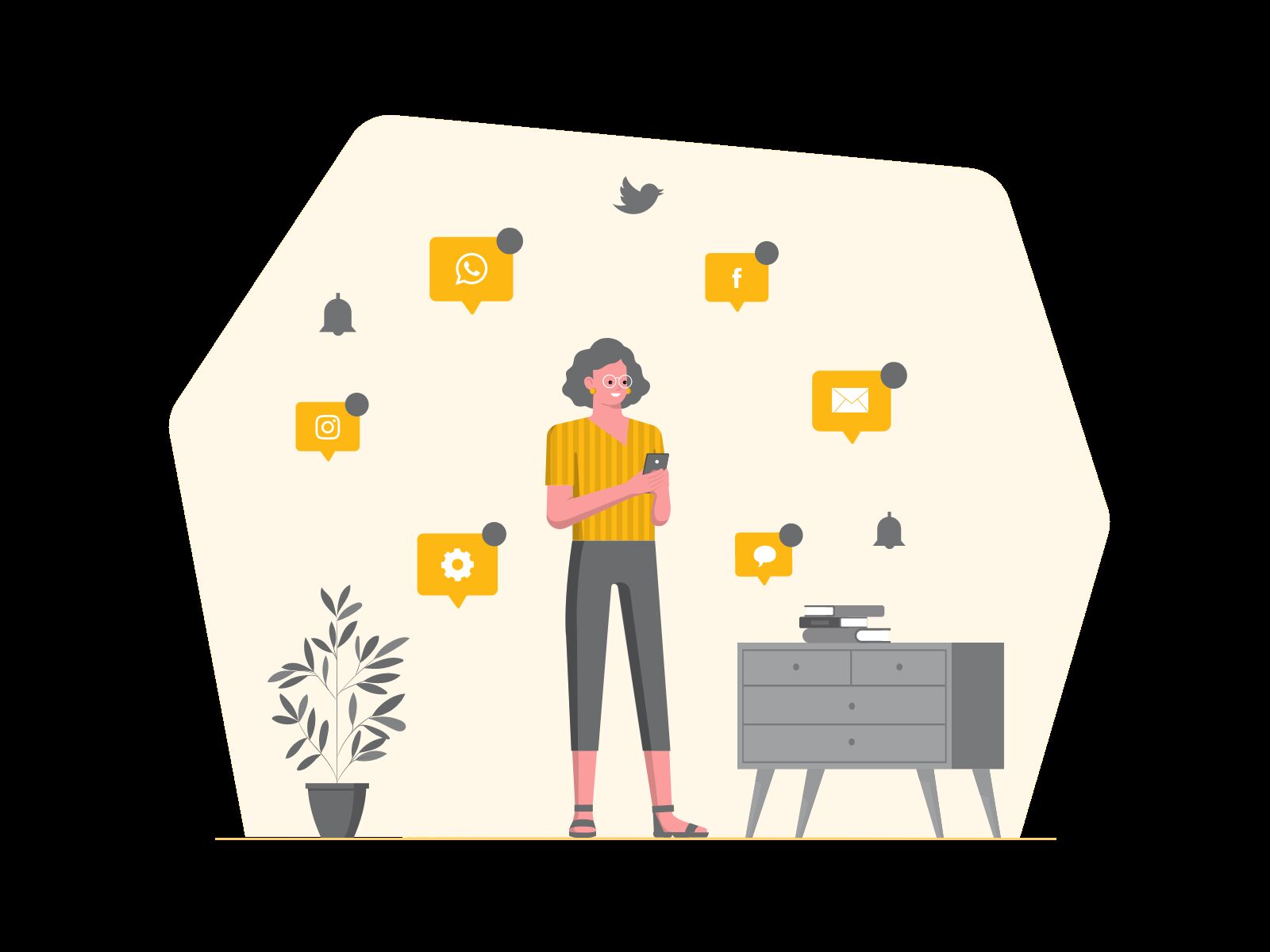



Right mix of Social Media Platforms to Reach Your Right Target Audience
Contextual distribution of content to ensure the right audience sees the right content, without spamming them with volume of content
In everyday life, our audience travel to various places, They wake up in their room, hit the gym or jog early in the morning, grab breakfast at the fast counter, travel in the metro and reach the office. Then return home after visiting friends or stores. The same applies to the digital world; they don't stay up on one platform. There are multiple forums, sites, and social media accounts they possess in the digital world, and they freely wander around to get what they want out of them.
If we can take our stories classified as per their usage of platforms and deliver them, they might engage with it much better than how they have been consuming them randomly. Here we discuss the possibilities of what content does better on the 3 primary platforms. Though social media has diversified itself based on purpose, it's still an accumulation of content in its vast entirety. The goal is to prioritize the platforms as per category and not to avoid or sideline them completely. Ignoring a platform is not a good idea too!
Facebook/Instagram:
The way businesses have been using FaceBook & Instagram evolved when the platforms launched short video formats called reels. The 15 seconds portrait videos for mobile have undoubtfully become the mode of carrying viral content direct to the users backed by the strong Instagram personalization algorithm. People use Instagram for doom scrolling to satisfy their urge to get everyday lives, activities and releases of their favourite friends and brands.
The platform limitation of the caption, 1:1 portrait image format with 10 slide carousel and stories allow the content creators to only tease minimal information and lure them into redirecting to actual blogs, signup pages and websites which call them to action. Use Instagram to target audiences who are teenagers, homemakers, hobbyists, digital marketers, promoters, E-commerce users and entertainers. These people have known to exploit the platform to the fullest, and every other brand in B2B has used Facebook/Instagram to create brand awareness and cultural presence than having business outcomes.
Twitter:
Brands and personalities do short and sweet tweets always stir the global economic activities. The platform has always been a disruptor bringing live hot screaming news that's just 280 characters. From the Dogecoin mafia to buying Twitter, we know how Elon Musk has capitalized on Twitter. Things are simple on this platform. There is no noise, and everything tweeted by validated accounts is considered serious. The power of hashtags drives the global trends of what's the hottest topic in the world, and Twitter attracts all the eyeballs to its Timeline. Twitter balances the unique professional & social blend of the audience who look up to the platform for true first in hand content.
The power of Twitter to drive business outcomes is its strong call for action; People tend to click on the links in the tweets more than any other platform has to offer since the short and crisp message prompts them to take that action immediately. Stories such as Politics, Business, Finance, Environment, and Humanitarian activities attract more impact here and are mostly fact-checked and validated by available resources. Having a strong Twitter Profile for journalists and publishing houses can be a game-changer when building a loyal audience who are always hungry for hot stories just in time.
LinkedIn:
The planet of serious, righteous professionals and looking forward to every single opportunity to generate leads and make business outcomes. For products and services that are targeted toward the B2B marketplace, LinkedIn is the primary playground. LinkedIn, over the years, has become more of a marketing space where individuals, freelancers, and marketers have driven crazy ideas that have driven the content quality very low but eliminating the noise and setting up target profiles will exponentially benefit the companies. All the CXOs, Directors, Founders, Top Level Managers, and key decision-makers live on LinkedIn when it comes to corporate affairs.
LinkedIn can be a very interesting space for the promotion of Product content, User Feedback, Testimonials, Engagement reviews, Product Demos and promotional videos. Decision-makers look into LinkedIn to study the company background, employees, endorsers, and activities to finalize whether they would do business with a company. For publishing companies, posting content that falls under the category of business, economic, finance, culture, announcements and success stories will have more engagement since the users tend to look up these stories that help their business transform. Entertainment and other generic content fail on LinkedIn since that spoils the public profile of users who maintain a high standard of professional persona on this platform.
The Hocalwire CMS helps post your stories on various social media platforms and repurposes them with ease. Backed by our HocalAware Analytics, run experiments on how your audience responds to similar content on various platforms. Book a demo now to try Hocalwire and transform your newsroom to drive more audience and revenue.

